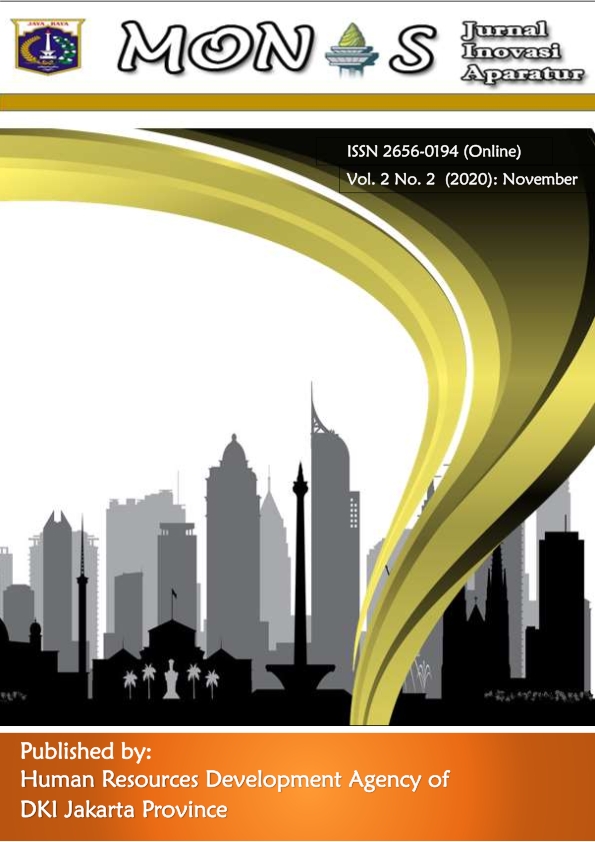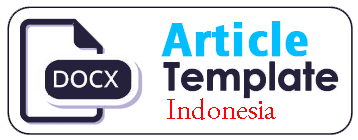Implementation of health protocols in PUSKESMAS offices in pandemic
Case study of PUSKESMAS Cileungsi Bogor district
DOI:
https://doi.org/10.54849/monas.v2i2.52Keywords:
adaptation to new habits, self-awareness, environment, pandemic, covid-19Abstract
Several previous studies during the pandemic period discussed the modes of transmission of COVID-19 and the factors that influence the increase in COVID-19 cases. The study explained that COVID-19 is strongly influenced by policies, levels of knowledge, attitudes, and skills. However, this study focuses on looking at the factors that influence the implementation of health protocols as an adaptation to new habits of health center personnel. The research was conducted at the health center that contributed the most to COVID-19 cases in Bogor Regency, West Java Province. The principles of handling COVID-19 at Puskesmas are prevention, detection, and response. These efforts are made to prevent, overcome, and stop the transmission of COVID-19. The step that is considered the most important is to improve the implementation of health protocols as an adaptation to new habits. The behavior of implementing health protocols for health workers at the Cileungsi Puskesmas includes wearing masks, washing hands with soap, and maintaining distance or avoiding crowds. This research is a qualitative study using a descriptive-analytic design, a case study at the Cileungsi Community Health Center, Bogor Regency. According to the research needs, the number of respondents was 40 Puskesmas officers, both health and non-health workers. The results showed an effect of self-awareness and environmental support on the behavior of health center personnel in implementing health protocols as an adaptation to new habits. This is indicated by the p-value of wearing a mask of 0.013, washing hands of 0.016, and crowd behavior of 0.011 with an OR value of 16.100 of crowding behavior, meaning that a less supportive environment has 16 times the risk of crowd behavior.
Downloads
Published
Issue
Section
License
Authors who publish in this journal agree to the following terms:
- Authors retain copyright and grant the journal right of first publication with the work simultaneously licensed under a Creative Commons Attribution-NonCommercial-ShareAlike 4.0 International License that allows others to share the work with an acknowledgement of the work's authorship and initial publication in this journal.
- The journal allows the authors to hold the copyright without restrictions and to retain publishing rights without restrictions.
- Authors can enter into separate, additional contractual arrangements for the non-exclusive distribution of the journal's published version of the work (e.g., post it to an institutional repository or publish it in a book), with an acknowledgement of its initial publication in this journal.








